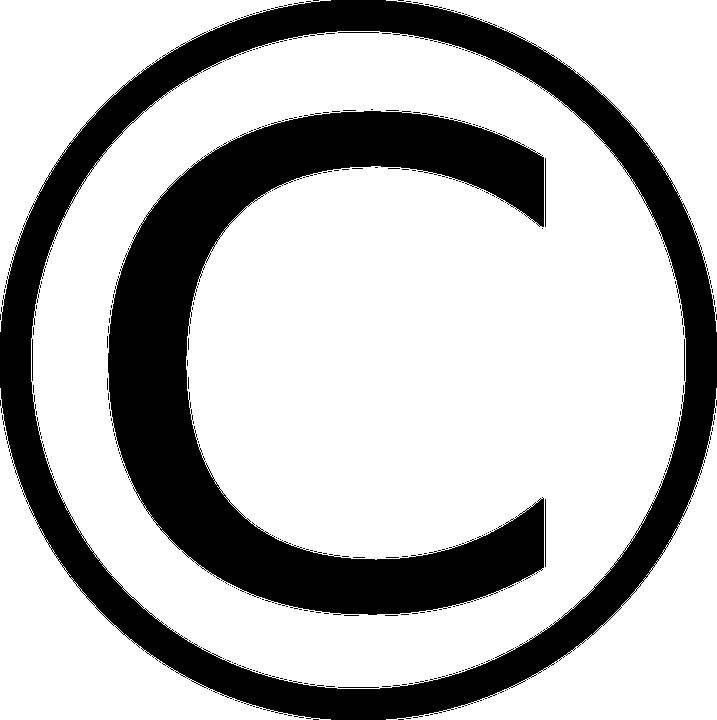A Guide to Copyright
Copyright protects creative output and stops others from copying or using Works without permission. The clue is in the name. It’s the right to copy,
Copyright protection occurs automatically. In the UK there’s no fee to pay or application to make as there is no registration process
What does it cover?
Copyright automatically arises when you create:
• original literary, dramatic, musical and artistic work, including illustration and photography
• original non-literary written work, such as software, web content and databases
• sound and music recordings
• film and television recordings
• broadcasts
• the layout of published editions of written, dramatic and musical works
Are there any formalities at all?
The only condition is that the work is “fixed” in a tangible medium of expression for example written down on a piece of paper or recorded.
If you are say a fashion designer or product designer, it is important for you to retain dated copies (either physical, or computer copies) of all of the preliminary sketches and designs of a work. These will allow required should you need to prove ownership.
Do I need to add a copyright notice?
You can (and should) mark your work with the copyright symbol (©), your name and the year of creation as it deter copying, but if you fail to do so it doesn’t affect the level of protection you have
Should I post the work to myself?
It is important to have an accurate record of the date of creation in case there is a dispute. This could be achieved from the post mark on a letter containing for example the lyrics, or recording. Posted it to yourself and keep it unopened. This is known as “poor man’s copyright”
Also you could use a more contemporary method of verification such as registering with a company such as https://www.copyrightservice.co.uk/
Who owns the copyright?
The owner is the person who does the fixing (who may not be the artist)
In the case of literary, dramatic, musical or artistic works, the first owner of any copyright is usually the author or creator of the work. In a film the principal director and the film producer are the joint authors and first owners of copyright..
The author and first owner of copyright in a sound recording is the record producer. The author and first owner of the copyright in a broadcast is the broadcaster. The author and first owner of the copyright in a published edition is the publisher
What if I create something as part of my job?
The employer is the first owner of any copyright in the work (subject to any agreement to the contrary) where a work, or a film, is made by an employee in the course of his employment. Whether its made “in the course of employment” depends on whether the employee was working as an employee under a ‘contract of service’ or as a freelancer or independent contractor under ‘contract for services’ who will usually retain copyright in any works they produce.
What if I am commissioned and paid to create a work for someone? Who owns it then?
The first legal owner of copyright is the person that creates the work and not the commissioner, unless you otherwise agree it in writing
What if the work is jointly created?
Where two or more people have created a single work protected by copyright and the contribution of each author is not distinct from that of the other(s), those people may be considered joint owners. If someone wanted to copy or use a work of joint ownership in some way, all of the owners would have to agree to such a request, otherwise an infringement of copyright could still occur.
However where individual contributions are distinct or separate, each person would be the author of the part they created (for instance where the music and lyrics of a song are created by two different people). In these circumstances, if you wished to use just the lyrics you would only need the permission of the copyright owner of the lyrics.
